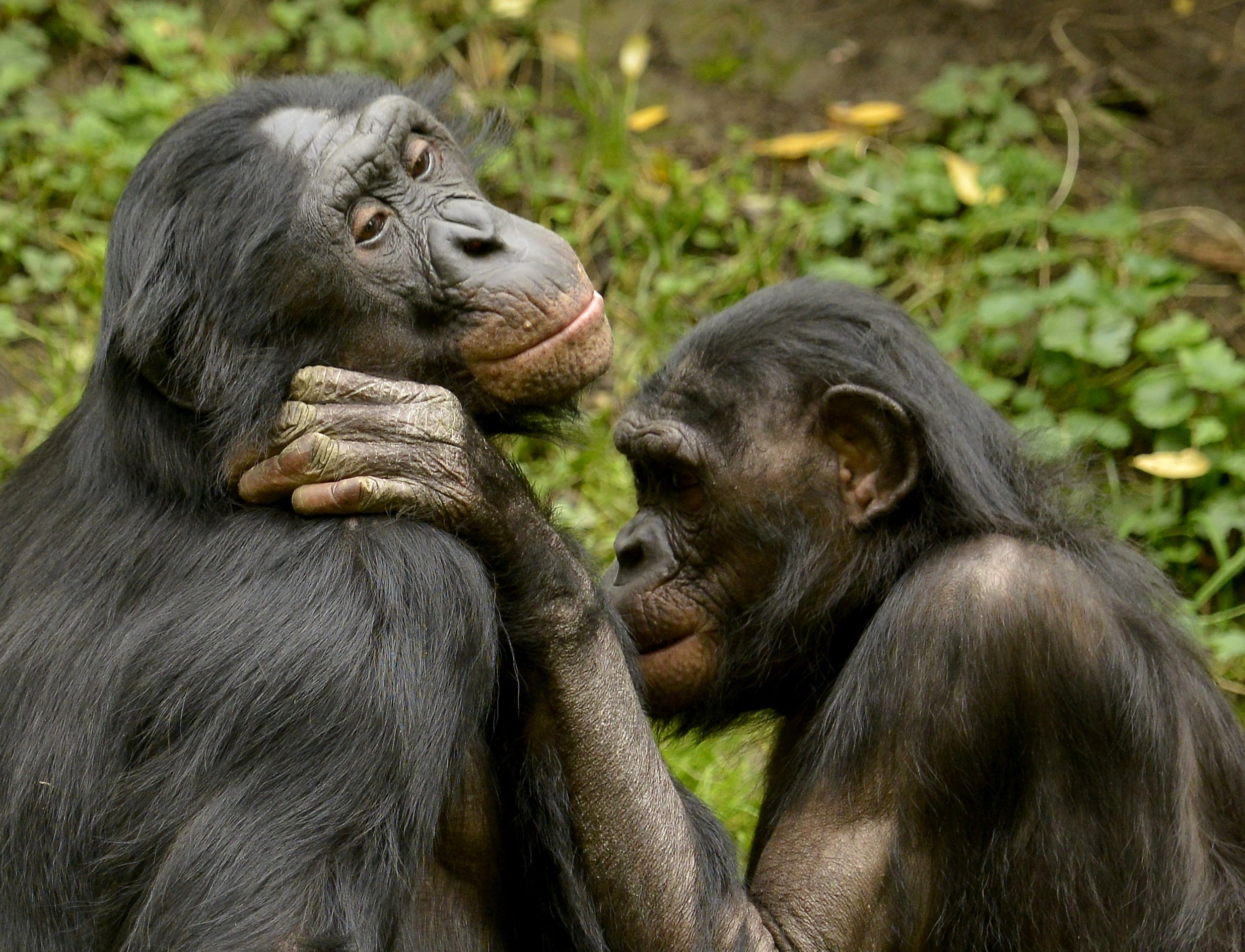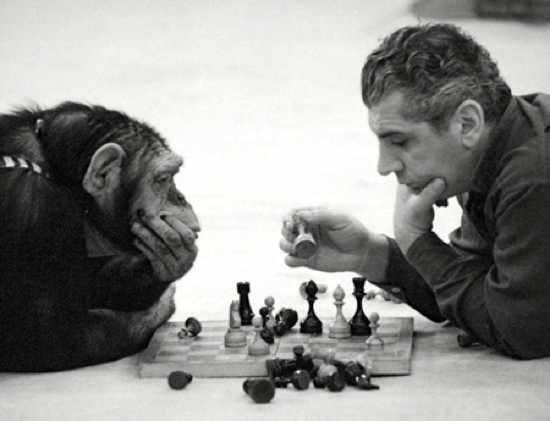
If that were the case, this would have profound implications relevant to the locomotor adaptations of the chimpanzee-human LCA, as well as the relationship between human hand structure and the origins of systematized stone tool culture. Collectively these fossils suggest instead that hand proportions approaching the modern human condition could in fact be largely plesiomorphic 2, 4, 13, as was previously suggested before the advent of molecular phylogenetics. However, the current fossil evidence of early hominins 2, 5, 13, 14 and fossil apes 15, 16, 17, 18 challenges this paradigm. Most subsequent hypotheses dealing with human hand evolution have been framed assuming a ‘long-handed/short-thumbed’ chimp-like hand as the starting points of the LCA and basal hominins, with strong selective pressures acting to reverse these proportions in the context of stone tool-making and/or as a by-product of drastic changes in foot morphology in the human career (for example, ref. This shift resurrected the ‘troglodytian’ stage in human evolution, which assumes that a chimp-like knuckle-walking ancestor preceded human bipedalism (for example, ref. However, since the molecular revolution in the 1980–1990s (which provided unequivocal evidence for humans and chimpanzees being sister taxa) 9 a prevalent and influential evolutionary paradigm-said to be based on parsimony-has assumed that the last common ancestor (LCA) of chimpanzees and humans was similar to a modern chimpanzee (for example, ref. To the contrary, extant apes were seen as extremely specialized animals adapted for below-branch suspension 6, 7.

During the first half of the twentieth century, theories on human evolution were dominated by the view that humans split very early from the common stock of apes, and largely preserved generalized (plesiomorphic) hand proportions similar to other anthropoid primates 6, 7, 8. 1a), which has been related functionally to different selective regimes-manipulation vs locomotion-acting on human and ape hands 1, 5. The human hand can be distinguished from that of apes by its long thumb relative to fingers 1, 2, 3, 4 ( Fig. The hand is one of the most distinctive traits of humankind and one of our main sources of interaction with the environment 1. The human (and australopith) high thumb-to-digits ratio required little change since the LCA, and was acquired convergently with other highly dexterous anthropoids. Our results reveal high levels of hand disparity among modern hominoids, which are explained by different evolutionary processes: autapomorphic evolution in hylobatids (extreme digital and thumb elongation), convergent adaptation between chimpanzees and orangutans (digital elongation) and comparatively little change in gorillas and hominins. We inspect human and ape hand-length proportions using phylogenetically informed morphometric analyses and test alternative models of evolution along the anthropoid tree of life, including fossils like the plesiomorphic ape Proconsul heseloni and the hominins Ardipithecus ramidus and Australopithecus sediba. However, this simple ape-human dichotomy fails to provide an adequate framework for testing competing hypotheses of human evolution and for reconstructing the morphology of the last common ancestor (LCA) of humans and chimpanzees. During the first few years of life, a chimpanzee relies almost entirely on its mother for protection, nourishment and love.Human hands are distinguished from apes by possessing longer thumbs relative to fingers. One of the deepest bonds a chimpanzee will form is with its mother. When a chimpanzee is feeling stressed or anxious, others will often groom or hug them for assurance. Compassion: Chimpanzees are extremely sociable. Chimps wrestle, chase and tickle one another, frequently climbing through trees and swinging from one branch to the next - they even enjoy a drink of wine (palm wine that is)! Interestingly, researchers have watched a group of young females play with makeshift dolls and care for them like mother chimpanzees.Ĥ. Playing helps young chimpanzees develop social skills.
#HUMAN VS CHIMPANZEE HAND HOW TO#
A Love for Fun & Play: Chimpanzees definitely know how to have fun.

Researchers observed that the pant hoots of adult chimps elicit more immediate responses than those of younger chimps.ģ. Older chimpanzees pass their knowledge down to younger generations, ensuring the knowledge and survival of the community.

Respect for Elders: Chimpanzees respect their elders.


 0 kommentar(er)
0 kommentar(er)
